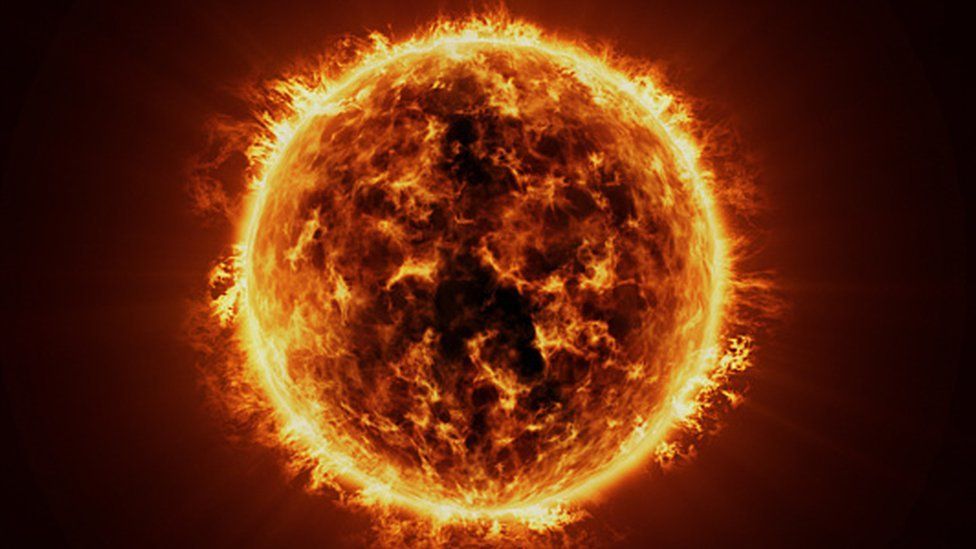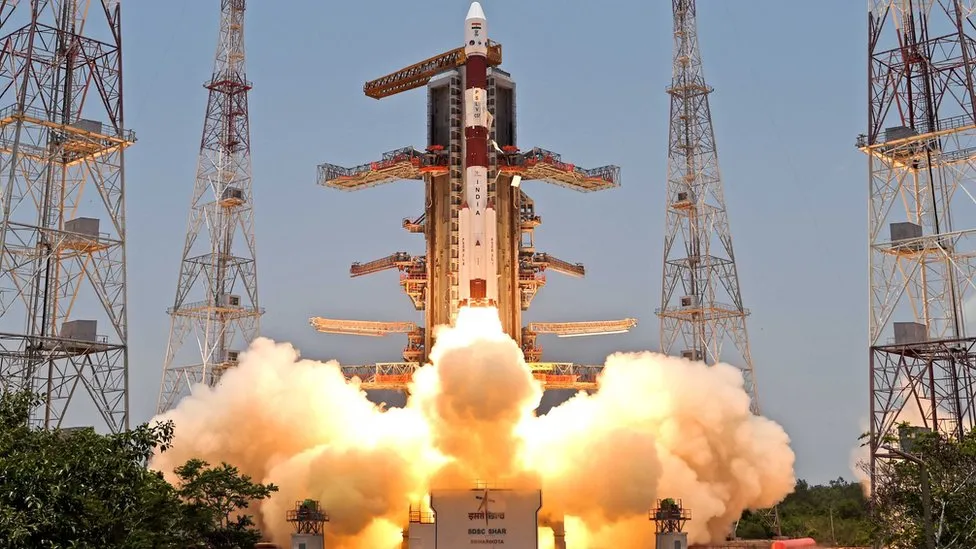On Saturday morning, a few thousand people gathered in the viewing gallery set up by the Indian Space Research Agency (Isro) near the launch site to watch the blast off.
It was also broadcast live on national TV where commentators described it as a "magnificent" launch. Isro scientists said the launch had been successful and its "performance is normal".
After an hour and four minutes of flight-time, Isro declared it "mission successful".
"Now it will continue on its journey - it's a very long journey of 135 days, let's wish it [the] best of luck," Isro chief Sreedhara Panicker Somanath said.
Project director Nigar Shaji said once Aditya-L1 reached its destination, it would benefit not only India, but the global scientific community.
Aditya-L1 will now travel several times around the Earth before being launched towards L1.
From this vantage position, it will be able to watch the Sun constantly and carry out scientific studies.
Isro has not said how much the mission would cost, but reports in the Indian press put it at 3.78bn rupees ($46m; £36m).
Isro says the orbiter carries seven scientific instruments that will observe and study the solar corona (the outermost layer); the photosphere (the Sun's surface or the part we see from the Earth) and the chromosphere (a thin layer of plasma that lies between the photosphere and the corona).
The studies will help scientists understand solar activity, such as the solar wind and solar flares, and their effect on Earth and near-space weather in real time.
Former Isro scientist Mylswamy Annadurai says the Sun constantly influences the Earth's weather through radiation, heat and flow of particles and magnetic fields. At the same time, he says, it also impacts the space weather.
"Space weather plays a role in how effectively satellites function. Solar winds or storms can affect the electronics on satellites, even knock down power grids. But there are gaps in our knowledge of space weather," Mr Annadurai told the BBC.
and they provide many crucial services to the country, including communication links, data on weather, and help predict pest infestations, droughts and impending disasters. According to the United Nations Office for Outer Space Affairs (UNOOSA), approximately 10,290 satellites remain in the Earth's orbit, with nearly 7,800 of them currently operational.
Aditya will help us better understand, and even give us a forewarning, about the star on which our lives depend, Mr Annadurai says.
"Knowing the activities of the Sun such as solar wind or a solar eruption a couple of days ahead will help us move our satellites out of harm's way. This will help increase the longevity of our satellites in space."


